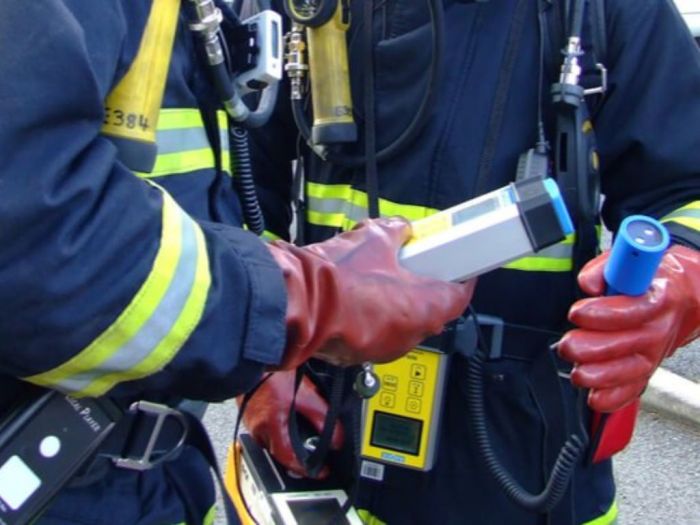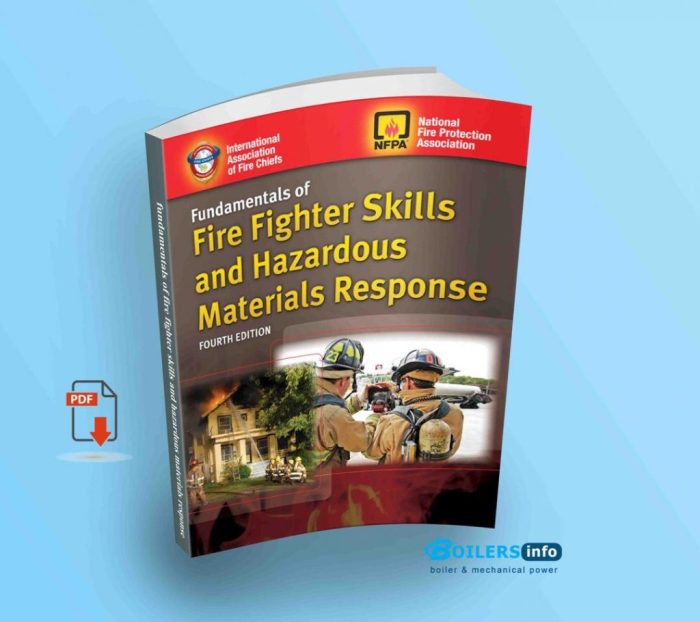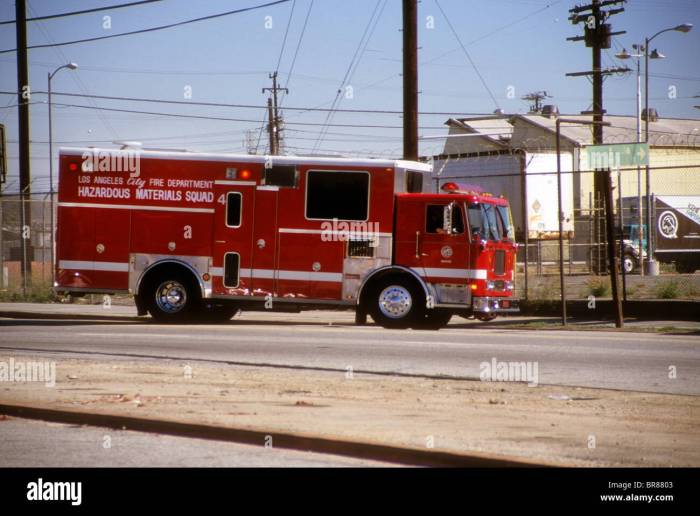Firefighter skills and hazardous materials response constitute a critical aspect of emergency preparedness, demanding specialized knowledge and unwavering dedication. This comprehensive guide delves into the intricacies of this field, exploring the essential skills, protocols, and safety considerations that empower firefighters to effectively manage hazardous materials incidents and safeguard lives.
From the mastery of technical proficiency to the significance of decision-making abilities and physical fitness, we delve into the multifaceted nature of firefighter skills. We examine the vital role of training and certification in honing these skills, ensuring that firefighters are equipped to confront the challenges of hazardous materials response with confidence and competence.
Firefighter Skills
Firefighters in hazardous materials response require a comprehensive skillset that encompasses technical proficiency, decision-making abilities, and physical fitness. Technical skills include knowledge of hazardous materials, their properties, and potential risks. Firefighters must also be proficient in using specialized equipment and personal protective gear.
Decision-making abilities are crucial in assessing hazardous materials incidents, determining appropriate response strategies, and mitigating risks. Physical fitness is essential for firefighters to withstand the rigors of hazardous materials response, which often involves prolonged exposure to hazardous substances and physically demanding tasks.
Training and certification play a vital role in enhancing firefighter skills. Specialized training programs provide firefighters with the knowledge and hands-on experience necessary to effectively respond to hazardous materials incidents. Certification demonstrates a firefighter’s proficiency in specific skills and ensures that they meet industry standards.
Hazardous Materials Response

Hazardous materials are substances that pose a significant risk to human health, the environment, or property. In emergency situations, hazardous materials incidents can occur due to spills, leaks, or transportation accidents. Firefighters must be trained to identify, assess, and mitigate hazardous materials incidents.
Protocols and procedures for hazardous materials response involve isolating the affected area, identifying the hazardous material, and assessing its potential risks. Firefighters use specialized equipment, such as gas detectors and radiation monitors, to assess the extent of the hazard. Mitigation strategies may include containment, neutralization, or removal of the hazardous material.
Personal protective gear, including respirators, protective suits, and gloves, is essential for protecting firefighters from exposure to hazardous materials.
Incident Management
The incident command system (ICS) is a standardized approach used to manage hazardous materials incidents. ICS establishes a clear chain of command, assigns roles and responsibilities, and ensures coordination among response agencies.
Incident commanders are responsible for overall incident management, including assessing the situation, developing a response plan, and coordinating resources. Safety officers are responsible for ensuring the safety of firefighters and other personnel at the scene. Other key personnel include operations section chiefs, planning section chiefs, and logistics section chiefs, who assist the incident commander in managing the incident.
Coordination and communication among response agencies are crucial for effective incident management. Firefighters must work closely with law enforcement, emergency medical services, and other agencies to ensure a coordinated and efficient response.
Decontamination Procedures

Decontamination procedures are essential for preventing further exposure and contamination of firefighters who have been exposed to hazardous materials. Decontamination involves removing hazardous materials from the firefighter’s body, clothing, and equipment.
There are different levels of decontamination, depending on the severity of exposure. Level A decontamination involves removing all contaminated clothing and equipment and showering with a decontamination solution. Level B decontamination involves removing contaminated clothing and showering with water. Level C decontamination involves removing contaminated clothing and rinsing with water.
Proper decontamination is crucial for ensuring the health and safety of firefighters.
Safety Considerations
Hazardous materials response poses significant safety hazards to firefighters. These hazards include exposure to toxic chemicals, radiation, and other hazardous substances. Firefighters must be aware of these hazards and take appropriate precautions to protect themselves.
Personal protective equipment (PPE) is essential for protecting firefighters from exposure to hazardous materials. PPE includes respirators, protective suits, and gloves. Respirators protect firefighters from inhaling toxic fumes and gases. Protective suits protect firefighters from skin contact with hazardous materials.
Gloves protect firefighters from skin exposure and contamination.
Risk assessment and hazard mitigation strategies are also important for ensuring firefighter safety. Firefighters must assess the potential risks of a hazardous materials incident and take appropriate steps to mitigate those risks.
Case Studies: Firefighter Skills And Hazardous Materials Response

Real-world examples of hazardous materials incidents provide valuable insights into the challenges and lessons learned in hazardous materials response. Case studies of hazardous materials incidents can help firefighters improve their response strategies and enhance their preparedness.
One example of a hazardous materials incident is the 1989 Exxon Valdez oil spill. The Exxon Valdez oil spill was a major environmental disaster that occurred when the oil tanker Exxon Valdez ran aground in Prince William Sound, Alaska. The spill released approximately 11 million gallons of crude oil into the environment, causing widespread damage to wildlife and the ecosystem.
Firefighters played a critical role in the response to the Exxon Valdez oil spill. Firefighters helped to contain the spill, clean up the oil, and protect the environment. The Exxon Valdez oil spill is a reminder of the importance of firefighter training and preparedness in hazardous materials response.
Training and Education
Specialized training and education programs are available for firefighters in hazardous materials response. These programs provide firefighters with the knowledge and skills necessary to safely and effectively respond to hazardous materials incidents.
Training programs cover topics such as hazardous materials identification, assessment, mitigation, and decontamination. Firefighters also receive training in the use of specialized equipment and personal protective gear. Education programs provide firefighters with a deeper understanding of hazardous materials and their potential risks.
Continuous training and professional development are essential for firefighters in hazardous materials response. Firefighters must stay up-to-date on the latest developments in hazardous materials response and best practices.
Simulation exercises and drills are also important for enhancing firefighter preparedness. Simulation exercises allow firefighters to practice their skills in a controlled environment. Drills help firefighters to develop muscle memory and improve their response times.
Detailed FAQs
What are the primary responsibilities of firefighters in hazardous materials response?
Firefighters play a crucial role in hazardous materials response, which involves identifying, assessing, and mitigating the risks posed by hazardous materials. They are responsible for containing the incident, preventing further contamination, and protecting the public and the environment.
What are the key safety considerations for firefighters responding to hazardous materials incidents?
Firefighters must prioritize their safety when responding to hazardous materials incidents. This includes wearing appropriate personal protective equipment, such as respirators, protective suits, and gloves, and adhering to established safety protocols. Risk assessment and hazard mitigation strategies are also essential to minimize the risks associated with exposure to hazardous materials.
How do firefighters decontaminate after exposure to hazardous materials?
Decontamination procedures are critical for firefighters exposed to hazardous materials. They involve a series of steps to remove or neutralize contaminants from their clothing, equipment, and skin. The level of decontamination required depends on the severity of exposure and the type of hazardous materials involved.